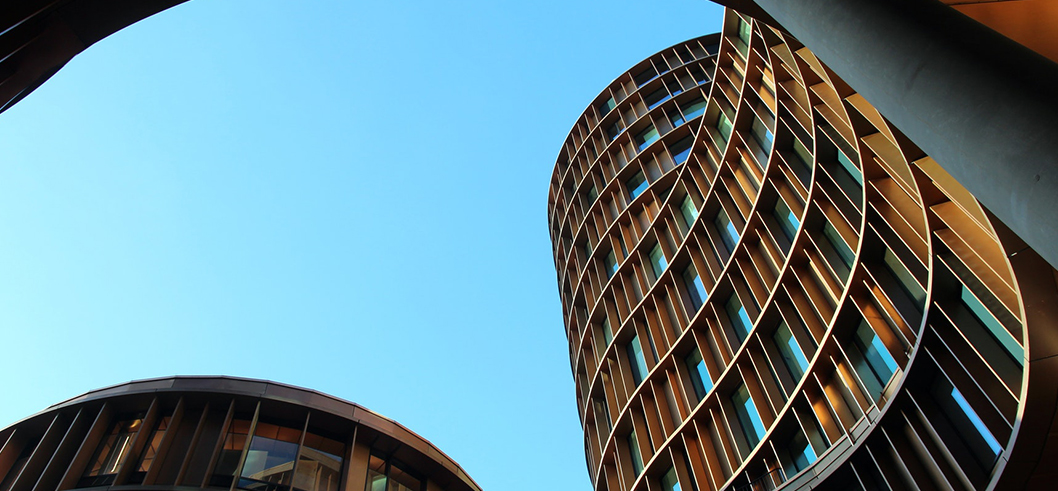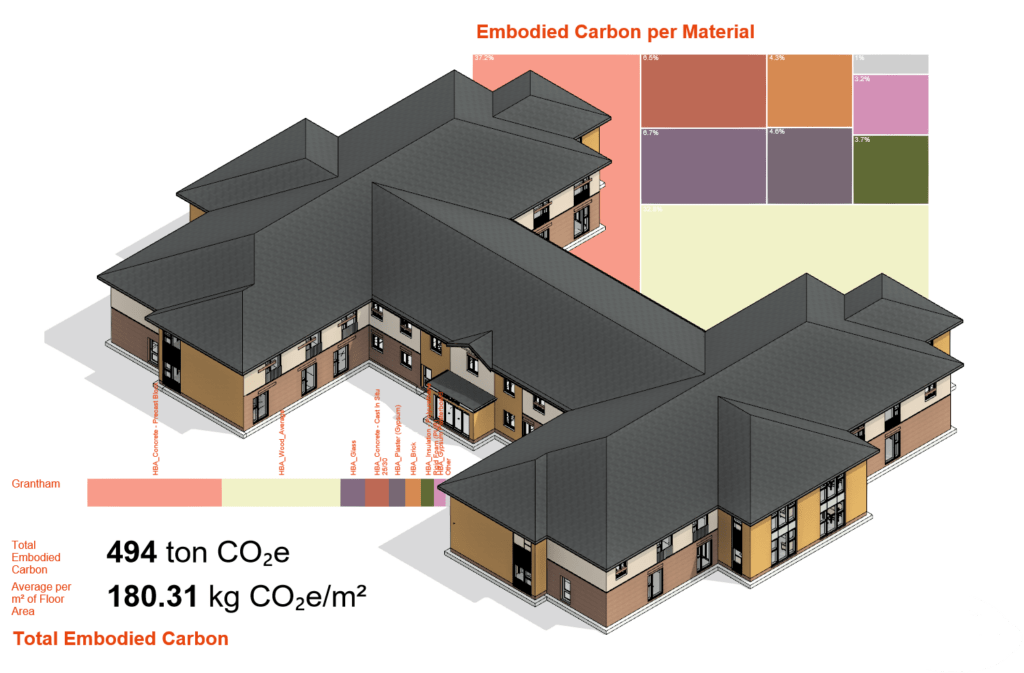Carbon Footprint
Let’s start with the basics. This is the amount of emissions that a person or organisation emits. This includes greenhouse gas emissions as carbon equivalents as well and carbon used.
Carbon Neutral
After defining a person’s or organisation’s carbon footprint work can be done to reduce it. Carbon neutral means that an organisation achieves net zero carbon emissions. This means rather than reducing all their emissions down to zero, companies offset their carbon by purchasing carbon credits or directly planting trees.
This can be seen as an easy route to announcing a company’s net zero carbon achievement, but it is a good first step in the carbon journey. Be careful to check a company’s plan to reduce their carbon footprint as well as offsetting their emissions.
Carbon Sequestration
This is the idea that through manufacture or through natural means, carbon is captured, meaning that is does not escape into the atmosphere and contribute to climate change. An example of this is sustainably planting trees, or underwater kelp forests. These absorb carbon keeping it out of the atmosphere. There are also many new man made methods of sequestration. One is the injecting of carbon into the ocean floor. The pressure would allow the carbon to remain in its liquid form at the bottom of the ocean. This however, is very new and the effects of this on marine life are unknown. This is also different to carbon capture where carbon is trapped after its emission but before its release into the atmosphere. A manufacturer may do this by super heating the emitted carbon and transporting it for storage off site.
Circular Economy
The circular economy ethos prompts the review of an object or process in its entirety to keep it in active circulation for as long as possible before disposal. An example is using pre-cast concrete as slabs for construction. Following the building’s decommission the concrete can the then be cut to be used as tiles or similar. Following the end of its role as this, it can then be ground and reused as aggregate. This prolongs the life of the concrete, reducing the need for virgin concrete to be made and so reducing the carbon emissions created from the manufacturing process. It also reduces waste that would otherwise be sent to landfills. This is often associated with the phrase ‘cradle to cradle’. This is the tracking of the lifecycle of something until it reaches a brand new lease of life. Cradle to grave is where the lifecycle of an object is tracked to its natural end.
Renewable Energy
Energy that does not deplete its source such as wind or solar power.
Zero Waste
This is the ethos where no waste products are produced and there is no excess consumption.
Water Scarcity
Generally argued as possibly the world’s next crisis. This is when the demand for fresh water is not met by the natural water cycle.
Carbon Sink
Anything that absorbs more carbon from the atmosphere than it releases.
Embodied Energy
This is the energy that is expended over the entire lifecycle of an object or process. This includes the energy in sourcing, manufacturing and transport.
Operational Energy
This is the energy expended in the use of the object or building. This is generally in terms of water usage, electricity and fuel.
Carbon Negative
A process or activity that absorbs more carbon than it releases as it is being used. In marketing, this is sometimes wrongly referred to as Carbon Positive blending the terms Carbon Negative and Climate Positive.
Doughnut Economics
Named by Kate Raworth, this is the ethos of operating between two concentric circles. The inner; a social foundation framework ensuring everyone’s vital needs are met and no one is left behind. The outer; an ecological ceiling where growth is not pursued at the cost of threatening the earth’s life support system.
Greenhouse Gases
A collection of gases that trap heat in the atmosphere. These include carbon dioxide, methane, nitrous-oxide, and water vapour.
Life Cycle Assessment
The process of collating the environmental impact of a process or product, throughout its life cycle.
COP 26 Pledge
This is the 2021 United Nations Climate Change Conference, held in Glasgow. The agreement culminated in the participating countries pledge to keep global temperatures from rising above 1.5•C protecting the indigenous and low lying communities. This agreement also challenges countries to come up with a reasonable and achievable plan in 2022 to achieve this.
Triple Bottom Line
This was termed by John Elkington in 1994. This allows for the interviewing of the environmental bottom line to social and financial bottom lines. This creates a more holistic and realistic understandings of the profiles of a company.
Zero Carbon
This describes a product or process that creates no greenhouse gas emissions in its creation or operation.
It can feel like sustainability terms form a different language, which can make these major issues seem overwhelming. Breaking these terms down to their core constituents allows us to understand our vital and achievable goals.








